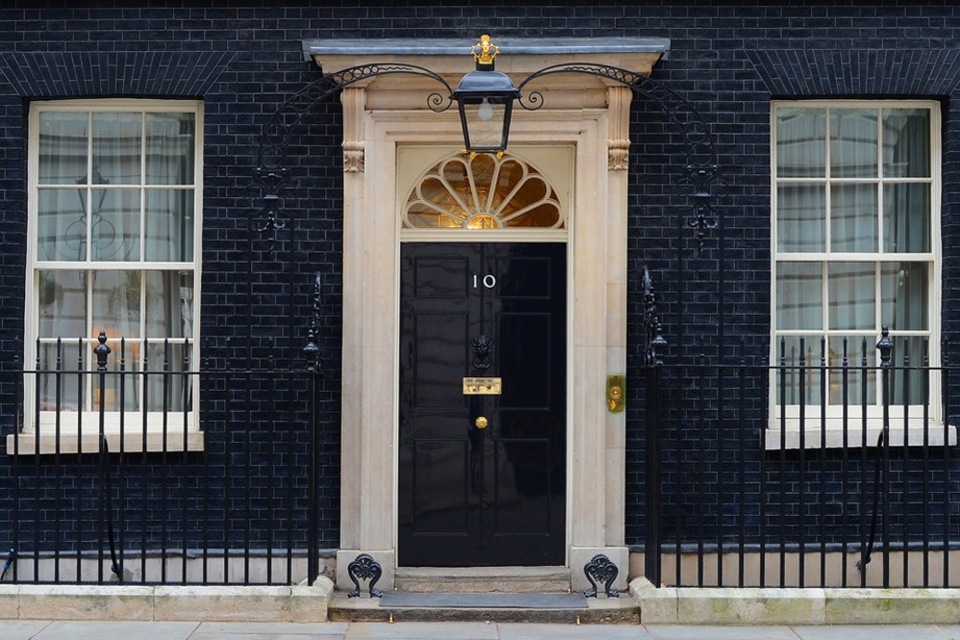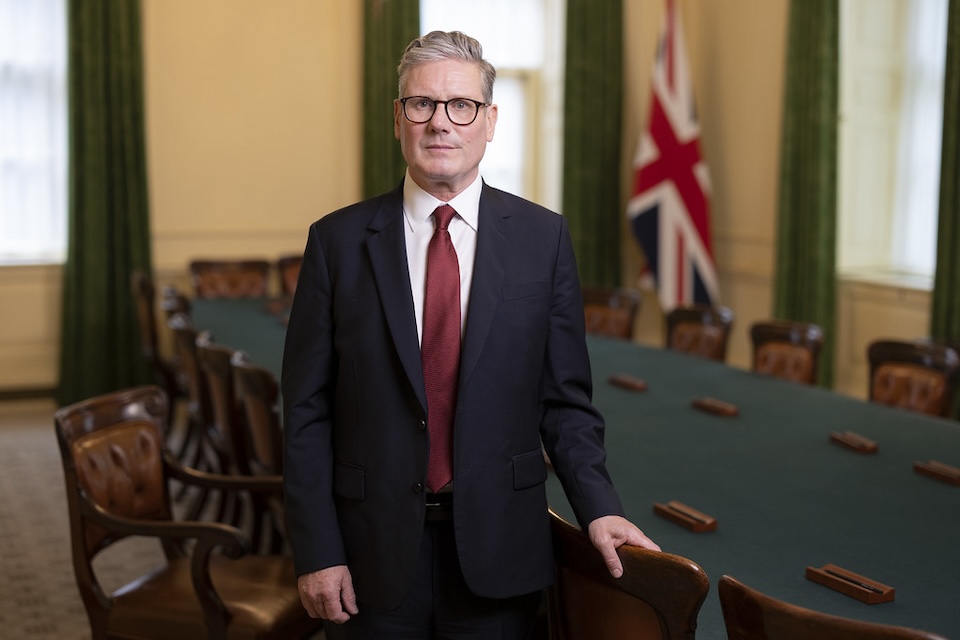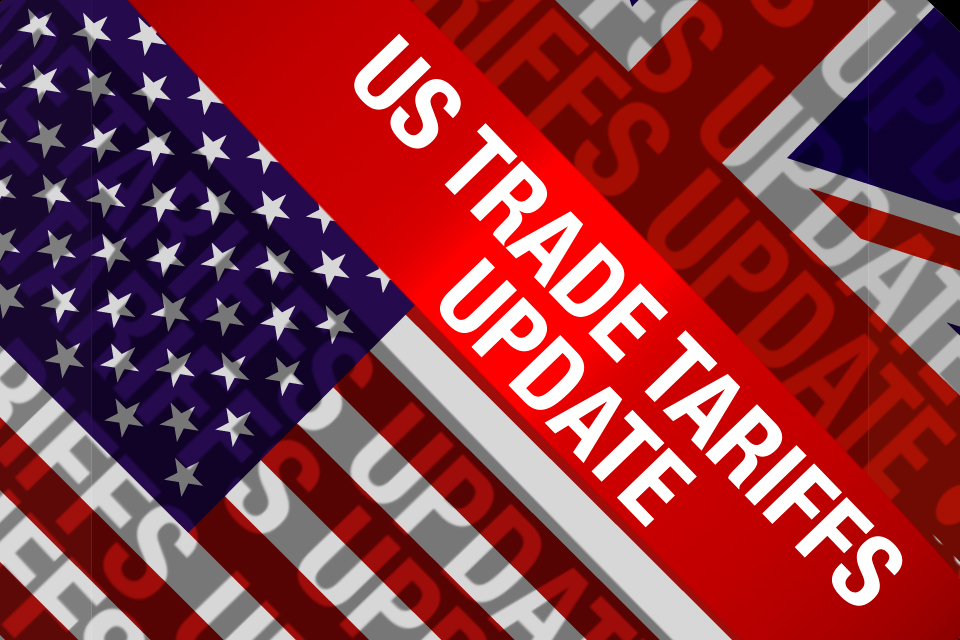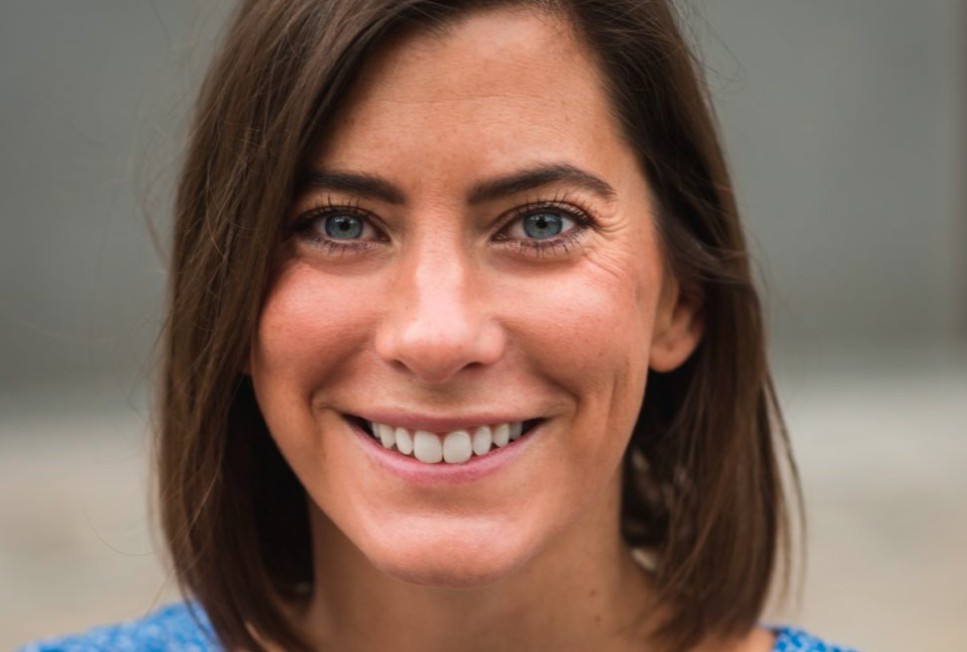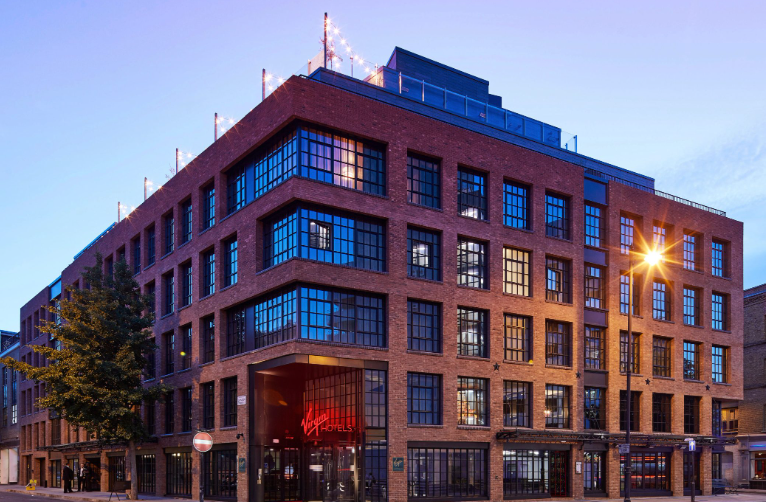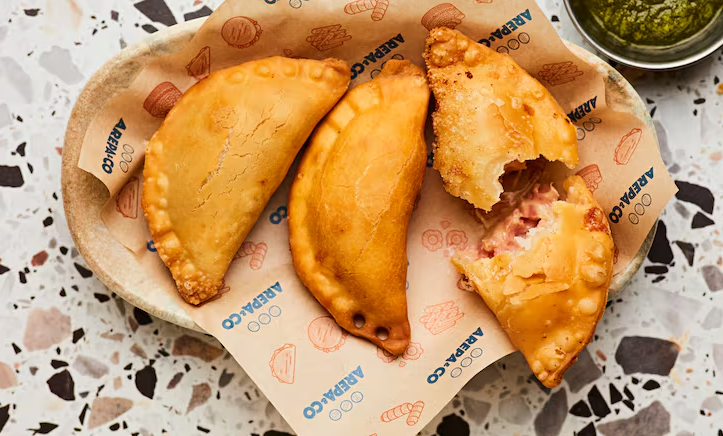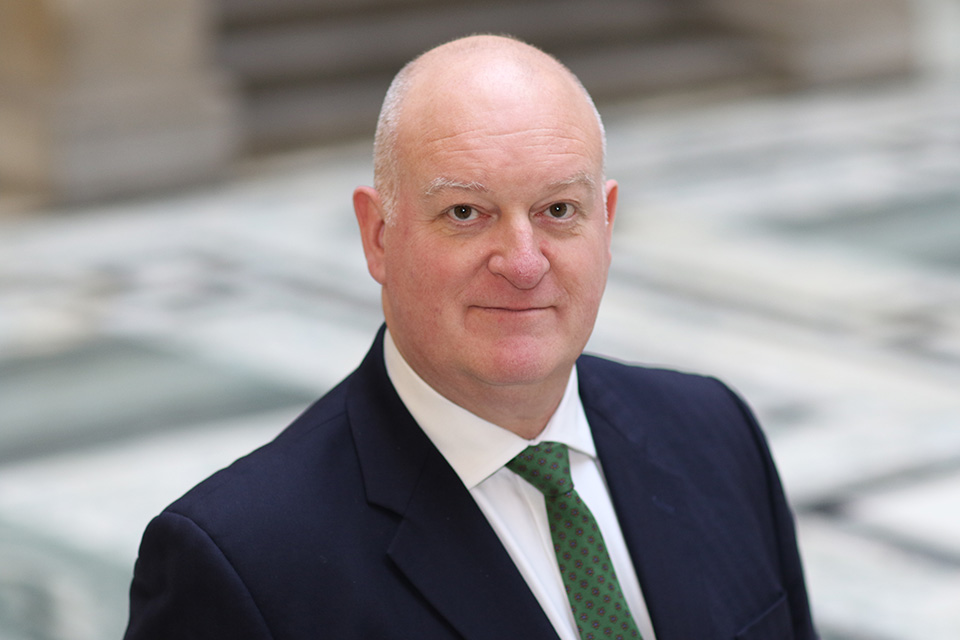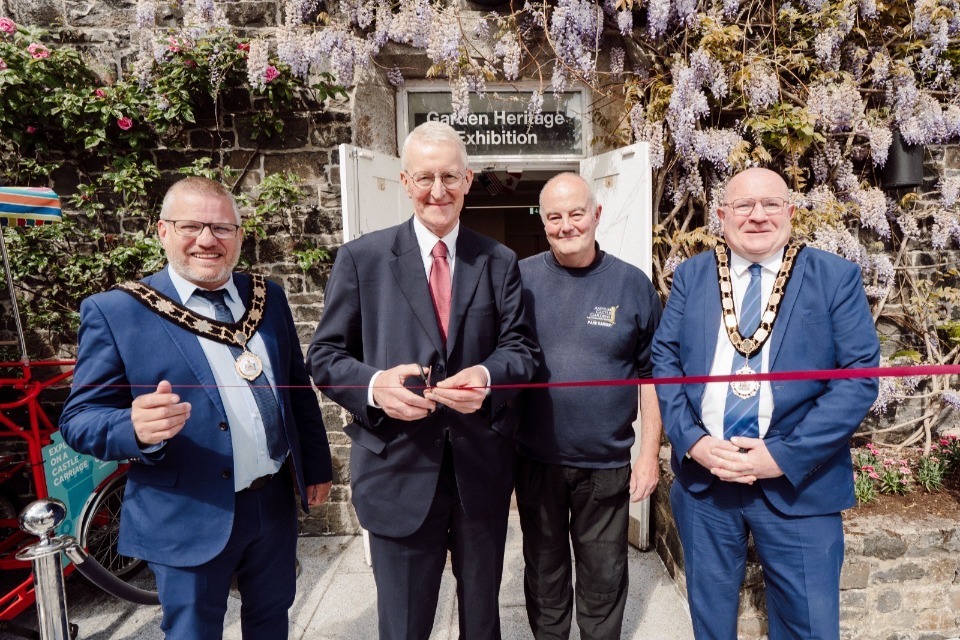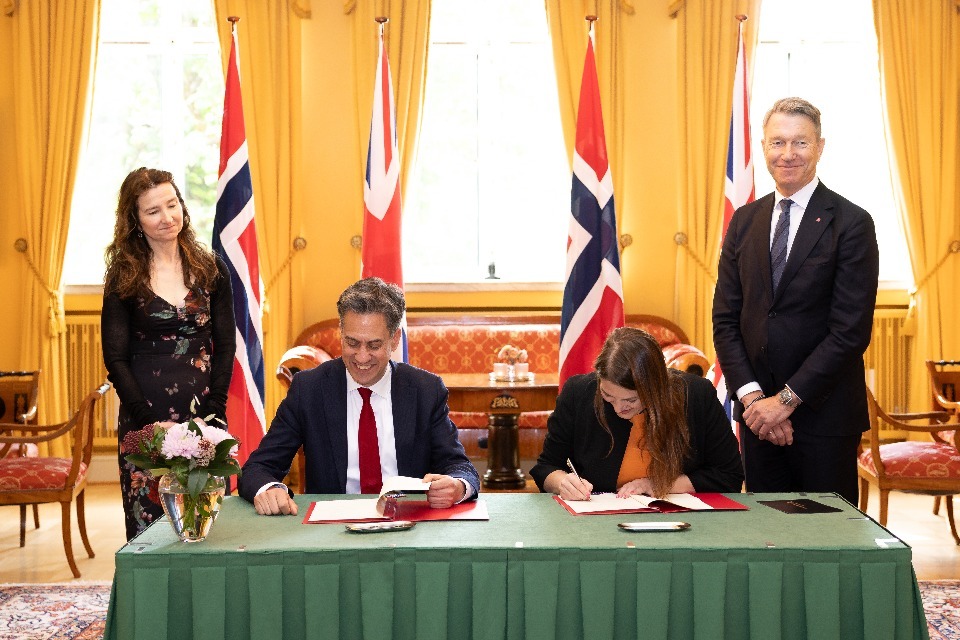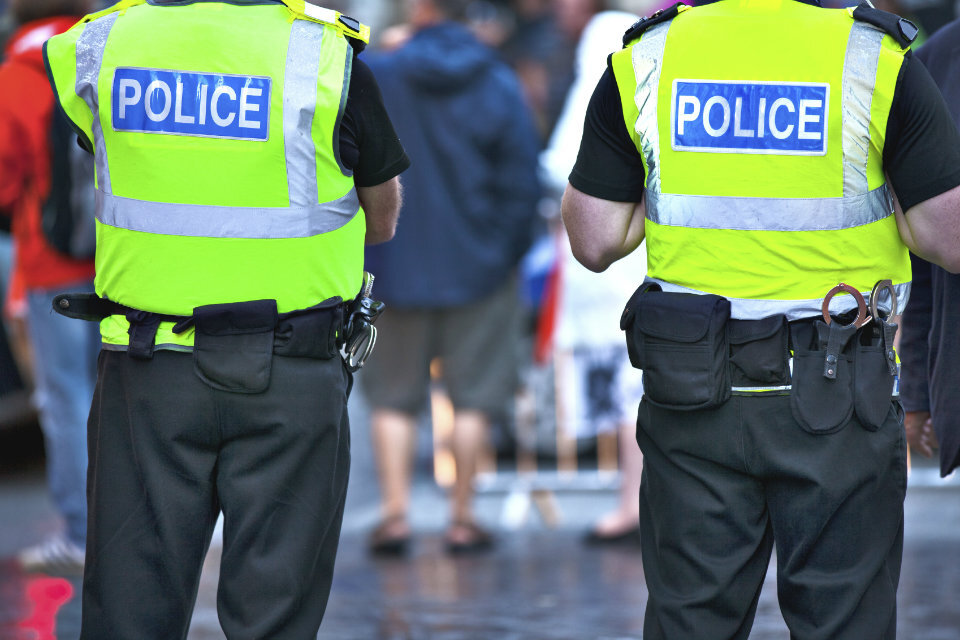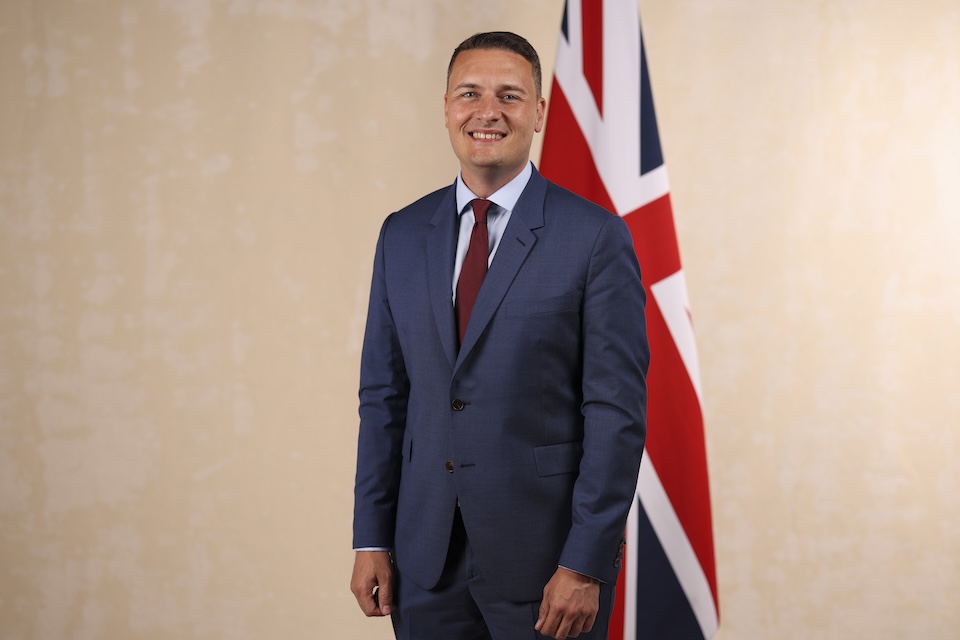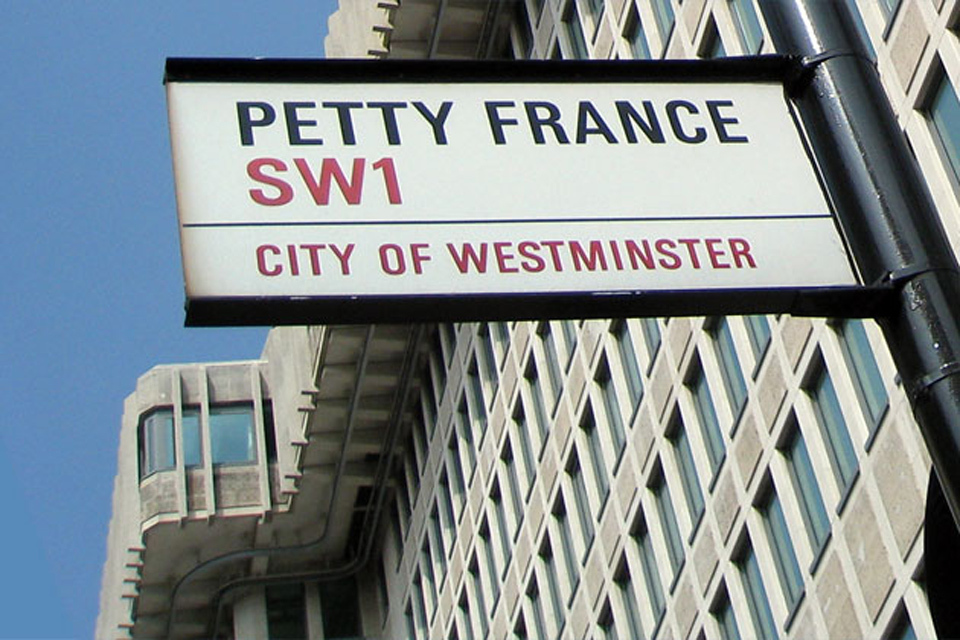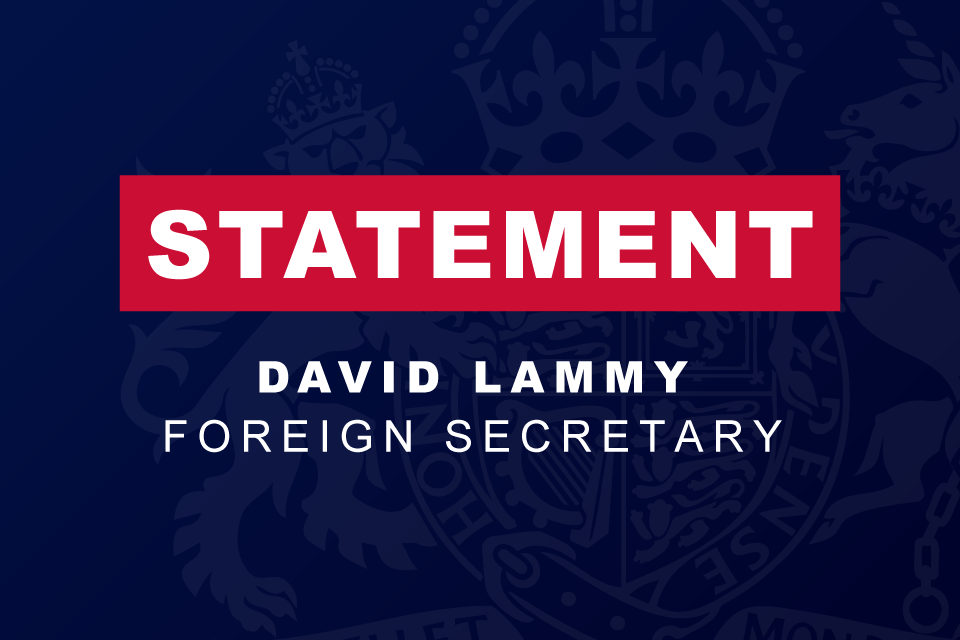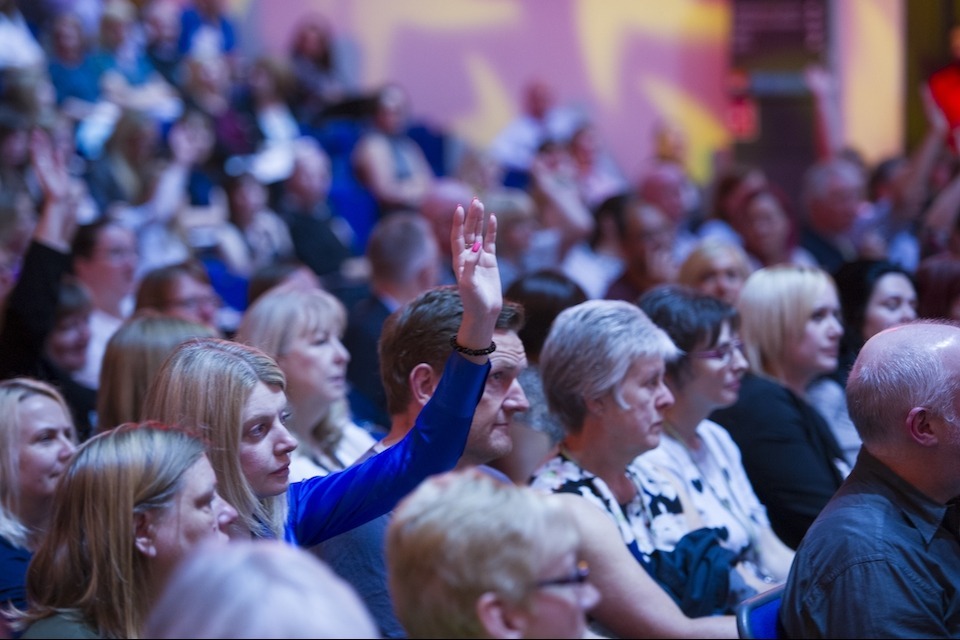What's On
Britain secures the first US trade deal protecting British business…
Going Out
Nothing quite hits the spot like late-night basement cocktails soundtracked…
Reviews
Asda has appointed Morrisons Marketing Director Rachel Ery’s new customer…
Latest Articles
Thank you, Mr Chair. I would like to offer a warm welcome to Ambassador Keiderling for the final…
Memorandum of Cooperation signed by Minister Sackman in Kyiv Agreement made as Minister Sackman attends United for Justice…
The Secretary of State for Northern Ireland Hilary Benn MP marked the 80th anniversary of VE Day by…
British workers and businesses to benefit from new Green Industrial Partnership with Norway, to unleash clean energy job…
The United Kingdom Atomic Energy Authority (UKAEA) welcomed British musician, comedian and television star, Bill Bailey, to its…
Police officers found guilty of gross misconduct will no longer be able to escape dismissal under new rules…
Risk and climate experts from GAD have helped launch the annual Analysis in Government (AiG) Month. In ‘Using…
As the nation marks VE Day, PM will deliver keynote speech at the London Defence Conference He is…
In Spotlight
Letter to the Chief Executive outlining the Secretary of State’s…






